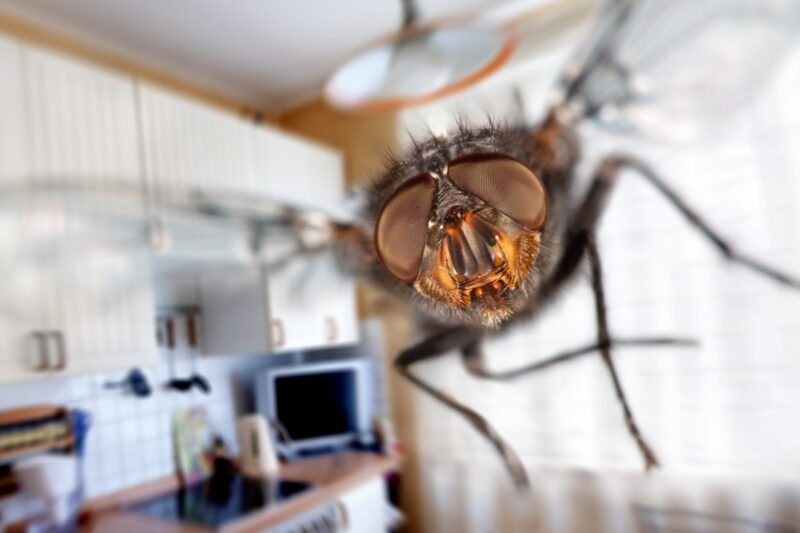As the seasons shift, so do the types and behaviors of pests that threaten homes, businesses, and peace of mind. Whether you’re bracing for the summer’s surge of insects or tightening up your home for winter’s invasive rodents, understanding seasonal pest patterns is crucial for prevention and protection.
In this comprehensive guide, we’ll explore the most common summer and winter pests, how their activity changes with the weather, practical prevention strategies, and why partnering with reputable pest control companies, including Elite1 Termite Control, can help you stay one step ahead.
Understanding the Seasonal Pest Cycle

Pest activity is closely tied to environmental factors like temperature, humidity, and daylight. Most household pests are cold-blooded, which means fluctuations in the weather directly impact their metabolic rates, reproduction, and survival strategies. Here’s a quick primer:
- Spring & Summer: Warmer, humid months bring a boom in insect populations. You’ll see increased activity from ants, cockroaches, mosquitoes, termites, flies, stinging insects, and more.
- The warmth and longer days accelerate their life cycles, mating behaviors, and feeding behaviors.
- Autumn: As outdoor temperatures cool, pests like rodents, spiders, and some insects begin seeking indoor shelter for the colder months ahead.
- Winter: While many insects go dormant, some (especially in milder climates or heated buildings) stay active indoors. Rodents, cockroaches, bed bugs, silverfish, and spiders become common winter invaders as they search for warmth, shelter, and food.
What to Watch Out For This Summer
1. Mosquitoes
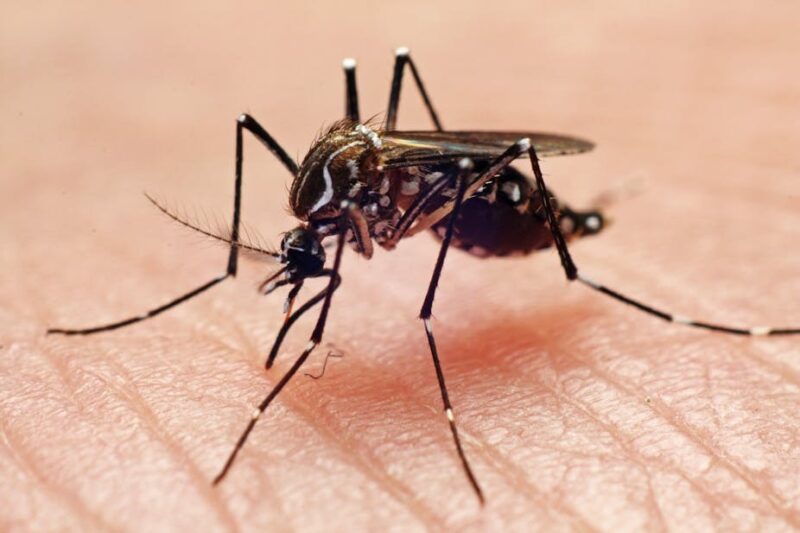
Mosquitoes are the quintessential summer pest, thriving in warm and humid environments. Summer rains and stagnant water create perfect breeding grounds—birdbaths, flower pots, clogged gutters are all prime real estate for mosquito larvae.
- Health risks: Mosquitoes can transmit diseases like dengue, malaria, and chikungunya.
- Hotspots: Backyards, gardens, bathrooms, drains—anywhere water collects.
Prevention:
- Eliminate standing water.
- Use mosquito screens and repellents.
- Keep gutters clean and repair leaky pipes.
- Consider professional yard treatments before peak season.
2. Ants
With hundreds of species, ants are active outdoors and inside during the summer. They’re in search of food—especially sweets and grease—and will follow pheromone trails straight into your kitchen.
- Warning signs: Trails along floors and walls, around sinks, pantries, and pet bowls.
- Threats: While most ants are nuisance pests, carpenter ants and fire ants can cause structural damage or painful stings.
Prevention:
- Keep food sealed in airtight containers.
- Wipe up spills and crumbs immediately.
- Seal entry points around windows and doors.
- Trim back vegetation near the house.
3. Cockroaches
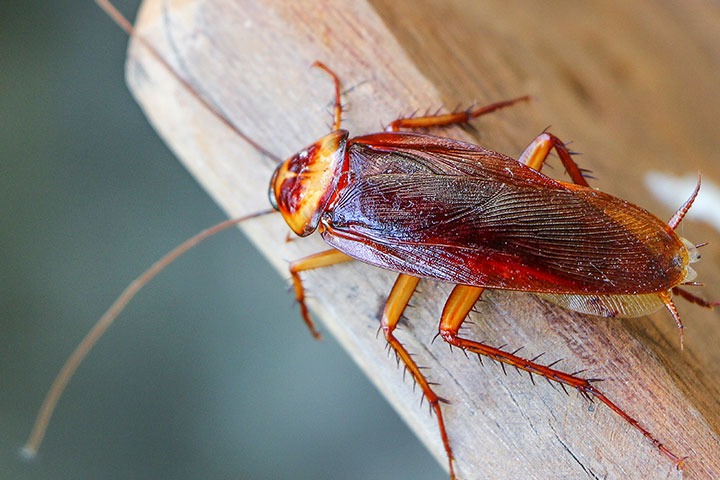
Summer’s heat and humidity provide ideal conditions for cockroaches, especially in kitchens and bathrooms where water and food are present.
- Risks: Roaches spread bacteria, trigger allergies, and can quickly infest once they gain entry.
- Species: German, American, and Oriental cockroaches are the most common.
Prevention:
- Keep home clean and dry.
- Remove garbage frequently.
- Fix leaks and store food properly.
- Inspect groceries and boxes before bringing them in.
4. Termites
Termites swarm and expand during spring and summer; activity accelerates in moisture-rich soil or after rain.
- Damage: Silent destroyers, termites can eat away at wood, compromising structural integrity.
- Clues: Mud tubes on walls, hollow-sounding wood, discarded wings.
Prevention:
- Keep wood and debris away from the foundation.
- Fix water leaks and ensure good drainage.
- Repair cracks in the foundation.
- Schedule annual professional inspections.
5. Flies, Wasps, and Stinging Insects
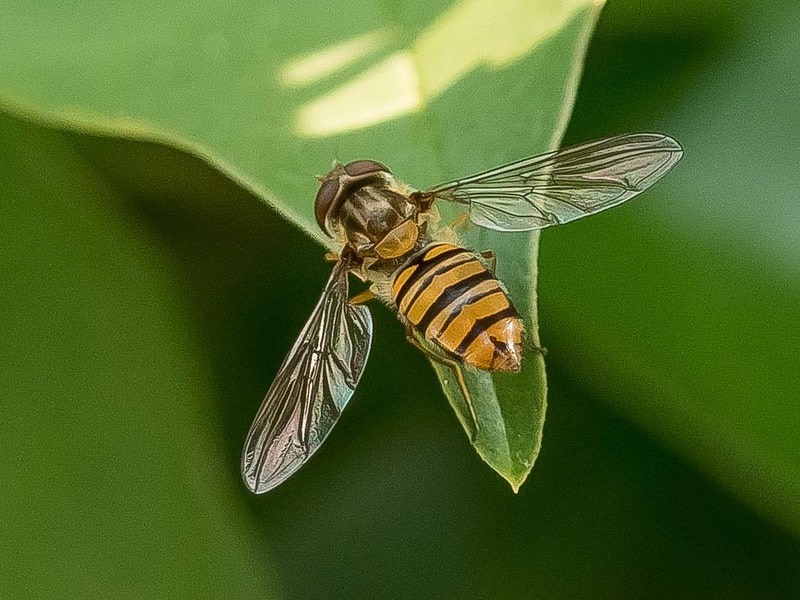
Summer opens the door to houseflies, fruit flies, bees, yellow jackets, and hornets. Their populations boom with abundant food sources and breeding opportunities.
- Flies: Attracted to food scraps, ripe fruit, and garbage.
- Wasps & Bees: Build nests in sheltered spaces; their stings can be dangerous.
Prevention:
- Keep doors and windows screens in good repair.
- Promptly clean up waste and food.
- Avoid leaving sugary drinks outdoors.
- Remove outdoor nests with professional help if you find them.
6. Bed Bugs
Summer travel can mean an unexpected souvenir: bed bugs.
- Signs: Bites in clusters, blood spots on sheets, shed skins in beds and couches.
- Prevention: Check hotel mattresses; wash travel clothes at high heat; keep luggage off the floor.
7. Ticks and Fleas
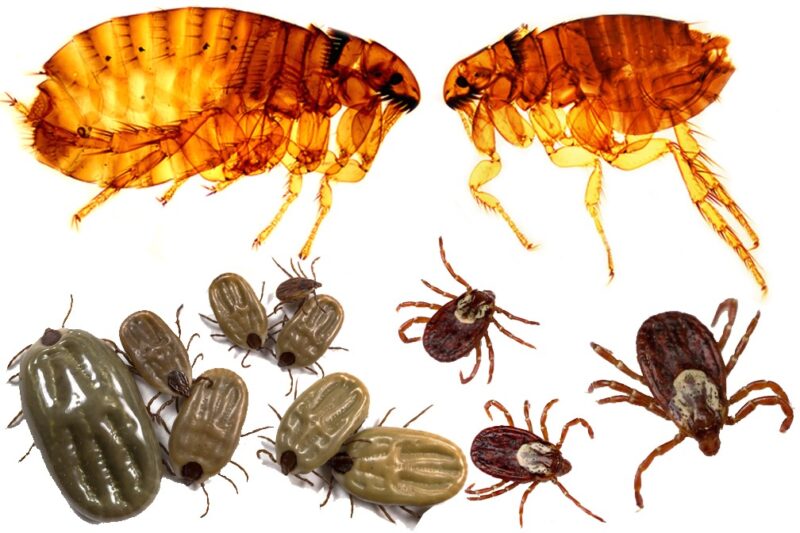
These biting pests are active during summer, hitchhiking on pets or humans.
- Dangers: Ticks carry Lyme disease; fleas can rapidly infest homes with pets.
- Prevention: Mow lawns, use vet-approved repellents on pets, check for ticks after walks.
What to Watch Out For This Winter
Don’t let a winter lull fool you—some pests simply switch their strategy, trading outdoor activity for indoor survival.
1. Rodents (Mice and Rats)
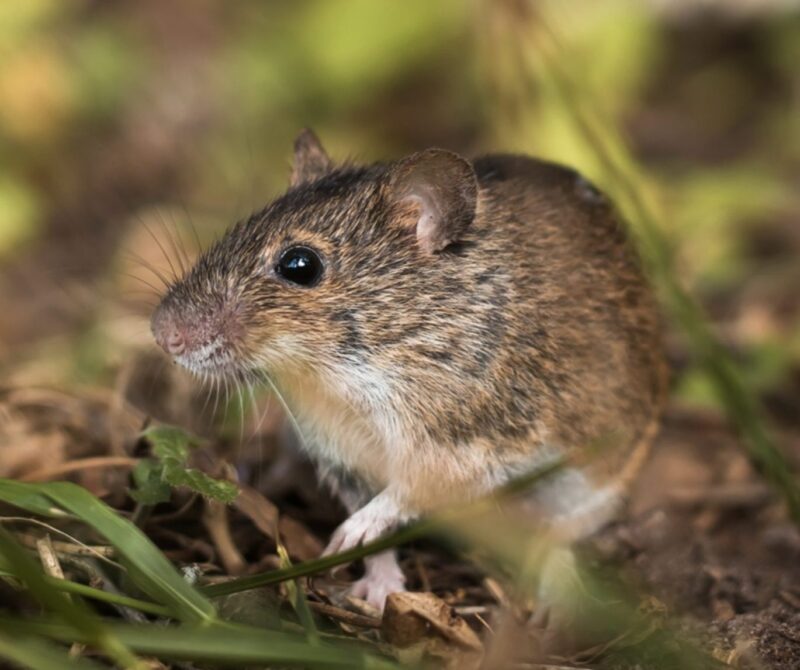
The quintessential winter invaders, rodents escape the cold by nesting in walls, attics, and basements.
- Risks: Mice and rats chew wires (fire risk), contaminate food, and spread diseases.
- Clues: Droppings, gnaw marks, scampering noises, musky odors.
Prevention:
- Seal cracks and holes larger than a dime.
- Store food off the floor and in rodent-proof containers.
- Remove clutter from garages, attics, and basements.
- Fix leaks and minimize standing water.
2. Cockroaches
Roaches are incredibly resilient; in winter, they simply move into our humid, heated homes, especially in kitchens and bathrooms.
Prevention:
- Pay extra attention to cleaning and moisture control.
- Address leaks and ventilate damp areas.
3. Silverfish and Pantry Pests
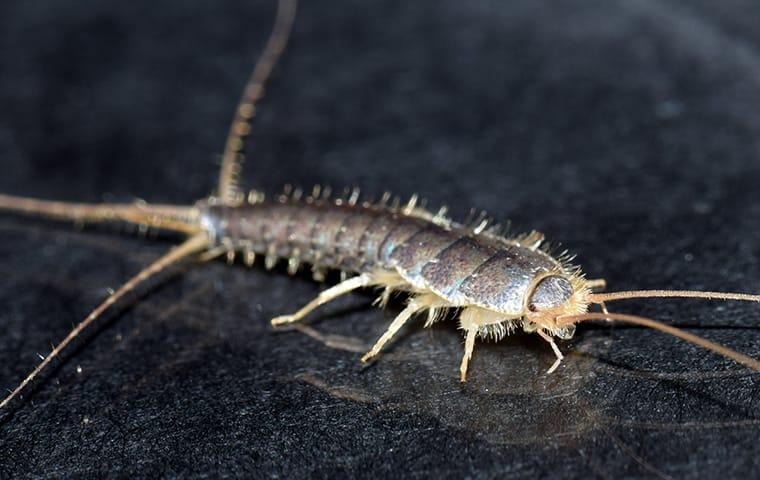
Cold weather drives silverfish indoors, where they feast on paper, glue, and fabric.
- Hints: Silver, teardrop-shaped insects, chewed pages in books, holes in clothing and wallpaper.
- Prevention: Store dry goods in airtight containers; reduce humidity in closets and bathrooms.
4. Bed Bugs
Winter socializing or travel can mean more opportunities for bed bug introductions.
- Vigilance: Inspect guest bedding after visits; clean luggage and clothes after travel.
5. Spiders
Spiders move indoors for warmth, spinning webs in corners, storage areas, or rarely accessed spaces.
- Tip: Clean and vacuum regularly, paying attention to behind and under furniture.
6. Termites
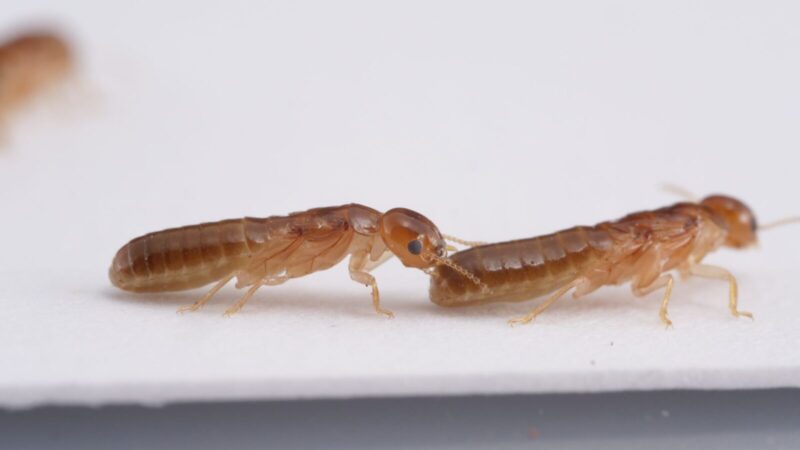
While some termite species are less active in cold weather, others (especially in heated homes or mild regions) continue to feed on wood year-round.
7. Overwintering Insects
Bugs like stink bugs, lady beetles, and boxelder bugs often sneak indoors in autumn and hide until they emerge on sunny winter days.
Prevention:
- Seal gaps around windows, doors, and attic vents.
- Use screens and keep them in good repair.
Why Do Pests Behave Differently in Summer and Winter?
Temperature is the primary driver. Summer’s warmth means longer daylight and active metabolism for pests—more feeding, breeding, and movement. In contrast, winter’s chill slows most insects, but it’s also the prime time for home invasion as rodents and some bugs seek out heat, food, and water sources inside.
Moisture, food supply, and shelter availability are critical in every season, and climate change is now causing some pests to stay active for longer periods or to shift their yearly cycles.
Year-Round Pest Prevention: Essential Strategies
- Seal Entry Points: Use caulk or steel wool for cracks and holes; install door sweeps and repair screens.
- Maintain Cleanliness: Don’t leave out food overnight; store trash in sealed bins; regularly declutter.
- Fix Moisture Issues: Dry out damp areas, fix leaks, and use dehumidifiers.
- Yard Maintenance: Trim plants away from buildings, remove debris, clear standing water, and store firewood away from the house.
- Routine Inspections: Regularly check hidden spaces for droppings, chewed materials, or insect activity; schedule professional pest control check-ups.
- Act Quickly: If you see signs of an infestation, address them promptly—delays can result in expensive damage or rapid population growth.
Winter and Summer: Do You Need Pest Control Services All Year?
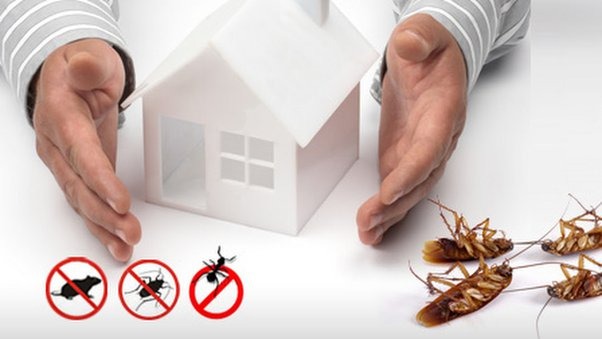
Absolutely. While pest pressures shift with the seasons, year-round prevention and monitoring is the only way to ensure your home or business doesn’t become a refuge for unwanted guests.
Professional pest control brings advantages that DIY often can’t match: targeted treatments, early detection, safer application of pesticides (especially important for families and those with pets), and integrated management strategies.
When to Call a Professional
Large or recurring infestations, signs of property damage, persistent rodents, difficult species (e.g. termites, bed bugs), or sensitive environments (homes with children, pets, or immunocompromised individuals) mean it’s time to call in the experts.
Reputable companies like Prevent Pests and 911 Home Helps can quickly assess the issue, apply safe and effective treatments, and set up a long-term management plan tailored to your setting.
Seasonal Checklist—Summer & Winter
Summer
- Remove standing water.
- Clip vegetation and yard debris.
- Seal food and sweep up crumbs quickly.
- Inspect for nests or hives.
- Schedule a pre-summer pest inspection.
Winter
- Block entry points (windows, pipes, vents).
- Check attic, basement, and garage for rodent activity.
- Keep food in sealed containers—don’t forget pet food!
- Declutter storage areas.
- Have a professional treat and inspect hidden/hard-to-reach spaces.
Final Thoughts: Be Proactive Year-Round
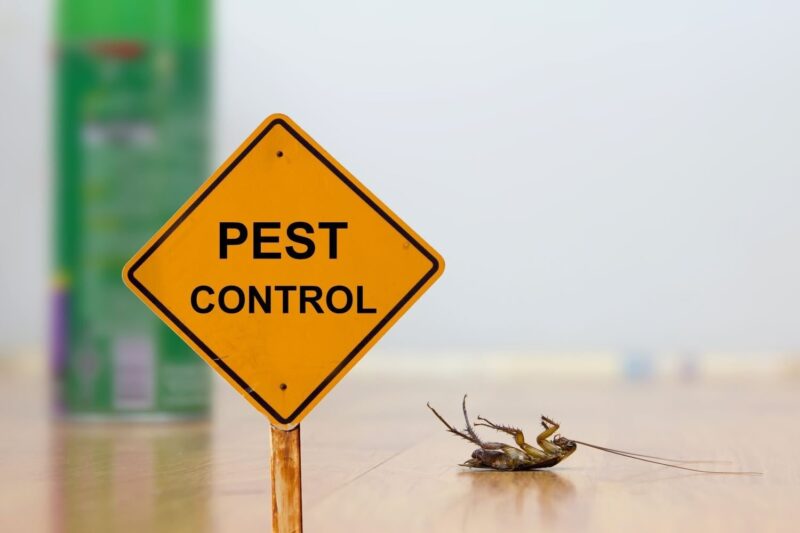
Pest control is not a one-and-done task. Understanding how climate and seasonal changes affect pest behaviors helps you stay a step ahead. By taking regular, preventive actions—and getting expert help from trustworthy providers when needed—you can defend your property, health, and peace of mind through all twelve months.
Stay informed, stay vigilant, and remember: no matter the season, there’s always an unwelcome guest waiting for an invitation. Don’t give it to them.
